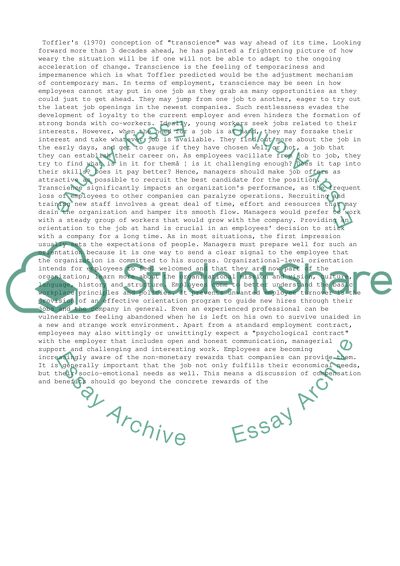Cite this document
(“Leadership Assignment Example | Topics and Well Written Essays - 4000 words”, n.d.)
Leadership Assignment Example | Topics and Well Written Essays - 4000 words. Retrieved from https://studentshare.org/business/1401891-leadership
Leadership Assignment Example | Topics and Well Written Essays - 4000 words. Retrieved from https://studentshare.org/business/1401891-leadership
(Leadership Assignment Example | Topics and Well Written Essays - 4000 Words)
Leadership Assignment Example | Topics and Well Written Essays - 4000 Words. https://studentshare.org/business/1401891-leadership.
Leadership Assignment Example | Topics and Well Written Essays - 4000 Words. https://studentshare.org/business/1401891-leadership.
“Leadership Assignment Example | Topics and Well Written Essays - 4000 Words”, n.d. https://studentshare.org/business/1401891-leadership.


